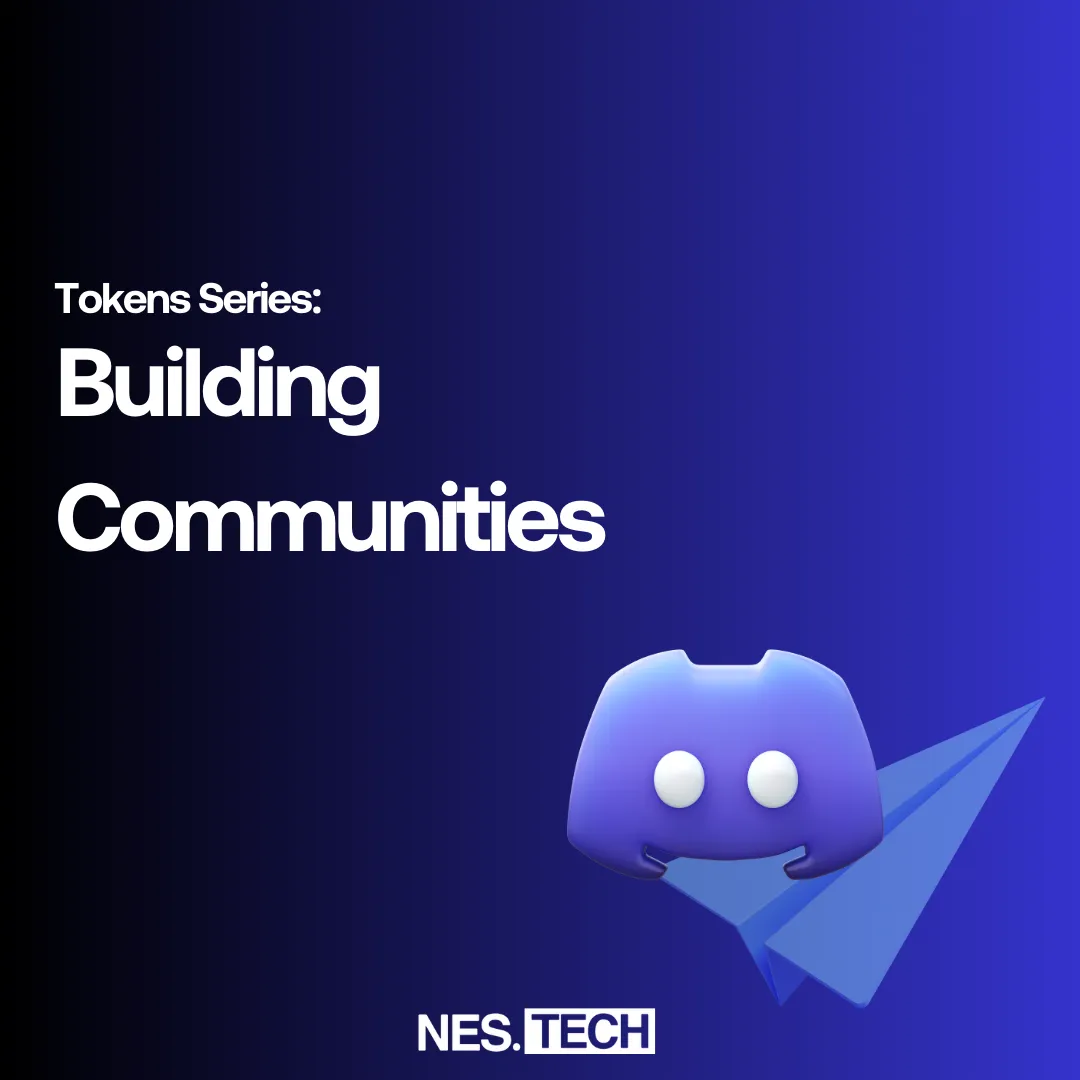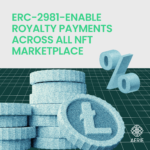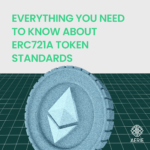Building Communities: The Rise of Social Tokens in the Web3 Era

The concept of building communities around brands is not new. Companies like Nike and Sephora have mastered the art of creating loyalty programs that transform customers into brand ambassadors. Nike’s membership program and Sephora’s Beauty Insider are not just about racking up points; they offer something more. Think personalized experiences, rewards that actually feel like rewards, and that warm feeling of belonging. That’s what they bring to the table for their customers.
These initiatives, deeply embedded in the Web2 framework, rely on centralized systems and traditional marketing strategies to cultivate brand loyalty and community engagement. However, as we step into the era of Web3, this setup is undergoing a radical transformation.
In this new decentralized digital scene, the rise of social tokens represents a significant evolution in how communities are built and engaged. Unlike the centralized loyalty programs of Web2, Web3’s social tokens are built on blockchain technology, offering a more democratic, transparent, and inclusive way of fostering community participation.
These digital assets extend beyond mere transactional value; they symbolize membership, influence, and a shared stake in the community’s success.
What are Social Tokens?
Leaning on what we’ve learned from those classic loyalty programs back in the Web2 days, social tokens are stepping up as a transformative element. While the rewards systems of brands like Nike and Sephora focused on accumulating points or stars in a centralized, company-controlled environment, social tokens revolutionize this concept by leveraging blockchain technology. These digital assets are far more than mere units of currency; they represent a profound shift in how value, identity, and community engagement are perceived and managed.
Unlike ubiquitous cryptocurrencies such as Bitcoin or Ethereum, which are designed for a wide array of transactions and investments, social tokens are the pulsating heart of specific communities. These social tokens aren’t your run-of-the-mill digital bucks. They are personalized tokens of belonging, tailored to unique ecosystems. Each one’s tied to a specific group, project, or creator, packing a whole lot of identity and shared goals into these little digital gems.
Social tokens transcend traditional monetary functions. They are emblematic of a member’s participation in, contribution to, and influence within a community. Holding these tokens is like possessing a stake in a living, breathing digital society. They enable individuals to not just engage with content or services but to actively shape the direction and ethos of the community. Social tokens imbue their holders with a sense of co-ownership and vested interest, creating an immersive experience that is deeply personal and collective at the same time.
This change is a big leap from just being a passive consumer of Web2 to an active, participatory role in Web3. Social tokens are at the forefront of this transformation, offering a dynamic and interactive model for community engagement, where every member has a voice, and every token holds a story. They are not just a medium of exchange but a medium of expression, encapsulating the values, goals, and spirit of the communities they represent.
Economic Incentives: The Practical Appeal
Let’s talk economics. Social tokens aren’t just symbolic; they carry real value, and can be traded across various platforms. Moving away from the standard points and rewards systems we saw in Web2 with giants like Nike and Sephora, the Web3 ecosystem introduces a more dynamic and financially incentivizing model through social tokens. This opens a world of financial incentives for active participation. It’s a rewarding cycle: contribute to the community, earn tokens, reap financial rewards. It’s community engagement with a tangible payoff.
This framework fosters a mutually beneficial relationship between the community and its members. Unlike traditional loyalty programs where benefits are often limited to discounts or products, social tokens offer a broader range of possibilities, including financial gains, investment opportunities, and a stake in the community’s growth and success.
The economic appeal of social tokens goes beyond simple transactional interactions. They represent a shift towards a more inclusive and participatory economic model where every community member can have a stake in the financial ecosystem they help to cultivate. This approach not only enhances the engagement but also deepens the sense of ownership and belonging among the members, as they see their efforts and participation directly contributing to both their personal gain and the collective prosperity of the community.
Strategies for Building Social Communities in Web3: A Roadmap for Success
As companies contemplate venturing into the Web3 space to build social communities, it’s important to understand that this arena is vastly different from traditional platforms. The decentralized nature of Web3 requires a nuanced approach, combining technological savvy with a deep understanding of community dynamics. Here are key strategies companies should consider:
1. Understand the Landscape
Step one in this exciting journey is getting a solid understanding of the Web3 landscape. This includes a grasp of blockchain technology, smart contracts, and how decentralized applications (dApps) operate. Any entity, from startups to established corporations, can venture into this space, but a foundational understanding of the technology is a prerequisite.
2. Identify Your Niche
Web3 communities thrive on specificity. Unlike broad-based Web2 communities, successful Web3 communities often focus on niche interests or specific value propositions. For instance, the platform Audius, a decentralized music streaming service, caters specifically to artists and music lovers who seek more control and direct engagement.
3. Develop a Tokenomics Model
The importance of designing a sustainable economic model for your social token cannot be understated. This involves deciding how tokens will be distributed, earned, and spent within your community. The model should incentivize participation and contribution while ensuring long-term viability. Consider the Whale community, which created a token backed by a valuable NFT collection, offering both utility and investment appeal to its members.
4. Prioritize Transparency and Trust
In Web3, trust is really really important. Companies should prioritize transparency in their operations, especially regarding tokenomics and governance. The decentralized finance (DeFi) platform Compound, for example, offers full transparency in its governance model, allowing token holders to propose and vote on changes to the protocol.
5. Foster Engagement and Participation
Engagement is the lifeblood of any community. Encourage active participation by offering unique experiences, exclusive content, or decision-making power. Friends With Benefits (FWB), a cultural DAO, excels at this by offering token holders access to exclusive events and a say in community projects.
6. Focus on Education and Support
The Web3 world can be complex and intimidating. Provide educational resources and support to help your community members understand and navigate the ecosystem. Platforms like Rally.io offer extensive support and educational materials for creators and their communities to thrive.
7. Regulatory Compliance
Now, the regulatory landscape. Ensure compliance with existing laws and stay informed about evolving regulations in the cryptocurrency and blockchain space. This is essential to avoid legal pitfalls and maintain the trust of your community.
Final Thoughts
As we tiptoe into this new age, the potential of Web3 for building and nurturing communities is not just promising; it’s transformative. Social tokens and decentralized platforms are changing the traditional, centralized models of community engagement. In this new landscape, everyone can be an active participant, a stakeholder with a voice and a share in the community’s collective success. This is more than just technological evolution; it’s a cultural revolution that redefines the very essence of community interaction and value creation.
The possibilities are as vast as they are exciting. This is a future where the lines between creators, brands, and consumers blur, giving rise to an ecosystem of collaboration, innovation, and shared growth. In this world, the role of companies and platforms transcends providing services or products; they become facilitators of vibrant, self-sustaining communities that are driven by mutual interests, goals, and rewards.
Looking ahead, optimism is not just warranted; it’s essential. The challenges of navigating this new terrain are real, but they pale in comparison to the opportunities that await. For companies willing to embrace this change, the rewards are manifold — stronger brand loyalty, deeper customer engagement, and a more dynamic, participatory business model.
For members of these communities, the perks are just as sweet — a sense of belonging, a voice in governance, and a stake in a community that values their contribution and presence. The future of community building in Web3 is bright, inviting us to a world where communities are not just formed but are fostered and cherished, growing stronger and more vibrant with every shared experience and token exchanged.









